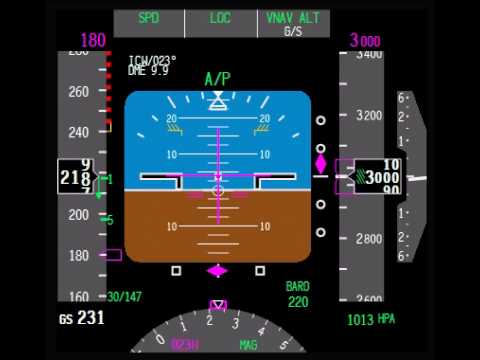Yes, perhaps because those writing are a bit confused.
Keep in mind that the A/P can be made to "sync up" with the route that is in the FMC, on the Legs Page:

(Note: Based on the color, this is likely from a B737NG. Also because of the Mach number of .78, whereas a B777 is "happier" at M .80 to .84, or thereabouts. But the displays are virtually identical across the Boeing product line, though the instrument panel paint color differs. The light brown/tan for the B757, 767 and 777 product line, usually).
That example shows the "Active Route". At left are the waypoints in sequence, top to bottom. The one in magenta is "Active", or being steered to.
The rest have the magnetic course displayed, the actual direction between each. So you see, there are course changes possible to "program" as each waypoint is passed.
Also you see the distance between them. When the A/P is programmed in the LNAV mode (short for "Lateral Navigation"), then it will follow the route as defined in the FMC. Sequentially following from waypoint to waypoint, unless interrupted, or reaching the end of an "Active Route".
So, this is one of the roll mode options, including the "basic" HDG SEL. Also, HDG HOLD (which just maintains whatever heading you are one when selected). The A/P can also be "told" to capture and track a VOR radial, and a Localizer course too. There are actually a total of nine Roll Modes, but that gets even more confusing and irrelevant to MH370. (Some involve the AutoLand function, for example).


